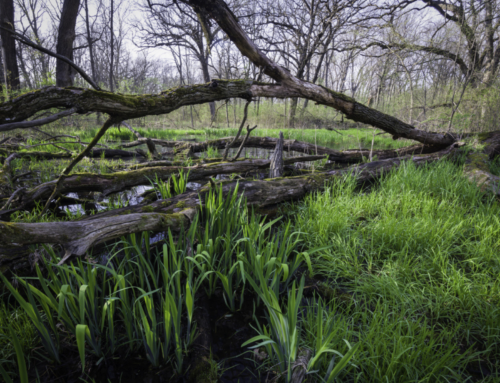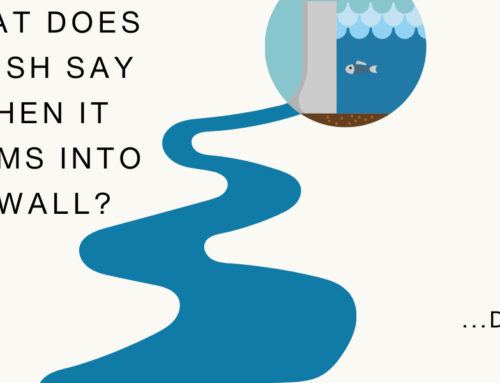Photo Credit: Ivan Ussach, Millers River Watershed Council
CRC is a member of the Coalition for a Sustainable Alternative to the Gardner Sludge Landfill Expansion, led by the Millers River Watershed Council. To learn more about their work, please visit their website here, and to learn about their advocacy on this issue, follow this link. CRC’s comments are below.
Rebecca Tepper, Secretary of Energy and Environmental Affairs
Executive Office of Energy and Environmental Affairs (EEA)
EEA No. 16643 (Alexander Strysky)
100 Cambridge Street, Suite 900
Boston MA 02114
Secretary Tepper,
1.30.2023
I am writing on behalf of the Connecticut River Conservancy (CRC), which is the principal environmental advocate for the protection, restoration, and sustainable use of the Connecticut River and its watershed. The proposed project, Gardner Sludge Landfill Expansion, EEA #16643, is in proximity to Otter River, within the Millers River watershed; the Millers River is a direct tributary to the Connecticut River and so is of interest to CRC. The Connecticut River watershed has some of the most pristine water bodies in the state; therefore, managing water in a sustainable way is of paramount importance to our organization, and we also look at the issue from many different perspectives.
CRC recognizes the important work or of wastewater operators to sustainably manage wastewater and biosolids, providing a critical service for the city. CRC is supportive of the comment submitted by Coalition for a Sustainable Alternative to the Gardner Sludge Landfill Expansion (Coalition) and will focus our comments on areas specifically related to water quality concerns.
The proposed project would impact 21,000 SF within a 100-foot Wetlands Protection Act buffer zone, representing a 30% increase in disturbance from existing conditions. As suggested in the Coalition’s comments, CRC has concerns regarding potential contamination within the area that could impact surface water quality. Draft Massachusetts Integrated List of Waters for the Clean Water Act 2022 Reporting Cycle lists the Otter River in this area and downstream as impaired for Ambient Bioassays – Chronic Aquatic Toxicity, Dissolved Oxygen and Escherichia Coli (E. Coli). Given the proximity of this project to wetlands that connect to the Otter River, CRC is concerned about potential contamination from surface and ground waters that could further prolong these impairments.
CRC appreciates the consideration of alternatives to this project and understands the City’s need to balance cost and environmental concerns. The report lists a number of alternatives, some of which are ultimately considered not feasible given concerns about PFAS contamination in compost and land applications. We are particularly interested in understanding more about how Alternative 5, Modify the WWTP to Add Anaerobic Digestion (AD), was assessed compared to landfill expansion. AD is not considered viable in the report due to the small scale of the WWTP, such that return on investment makes the project cost prohibitive. Given the landfill expansion is projected to only accommodate sludge disposal for the next 17 years, we would like to know over what period of time this return on investment was calculated and if cost-benefit calculations considered the monetary costs associated with the relative environmental impacts of each alternative. AD seems to provide a longer-term solution to sludge disposal and addresses CRC and the Coalitions concerns about potential contamination of ground and surface waterbodies within the watershed. Thank you for your consideration of these comments, as well as the comments submitted by the Coalition for a Sustainable Alternative to the Gardner Sludge Landfill Expansion, which CRC fully supports.
Sincerely,
Kelsey Wentling (she/her)
River Steward
Connecticut River Conservancy
413-772-2020×216| kwentling@ctriver.org







